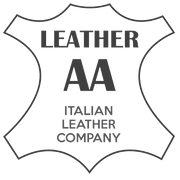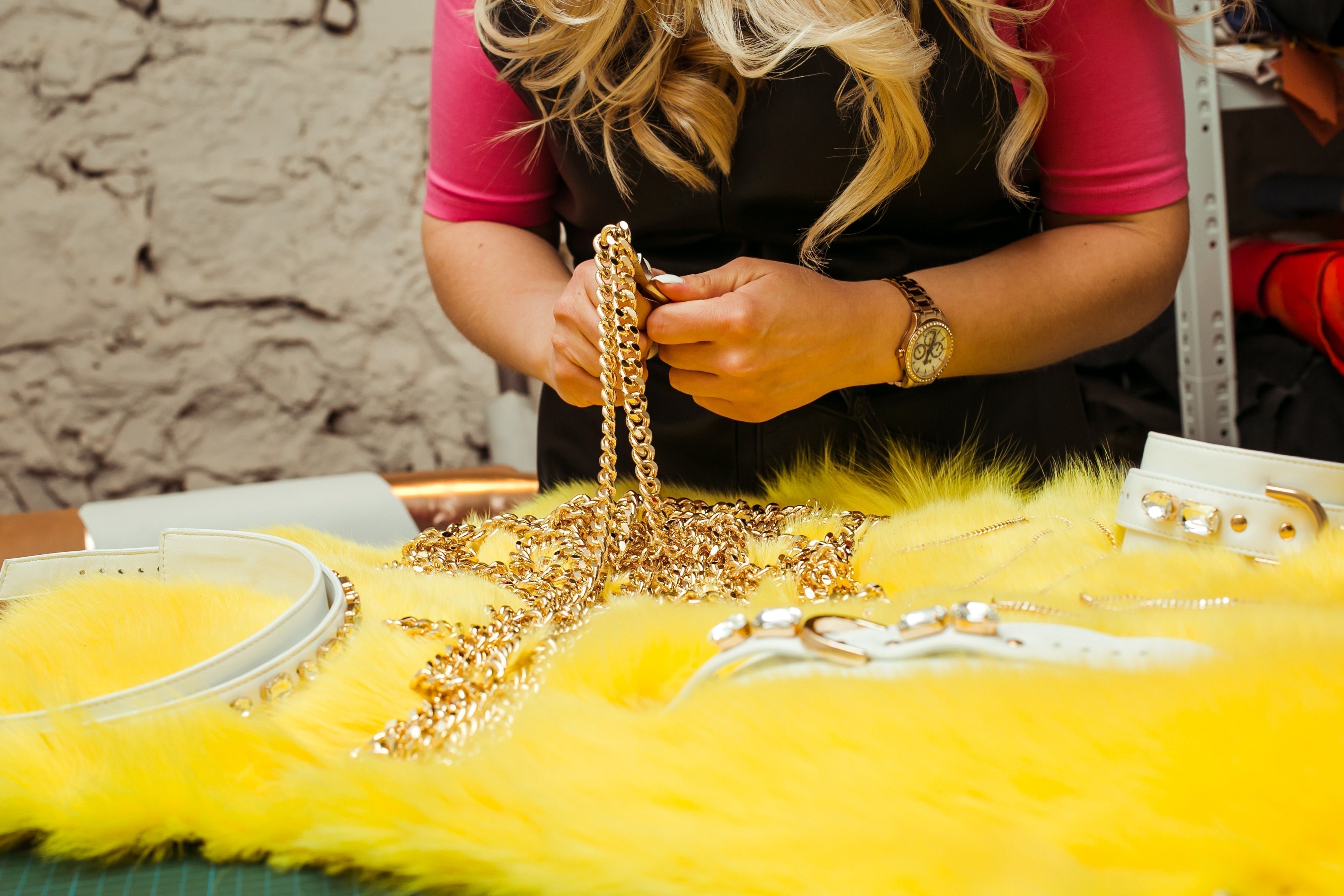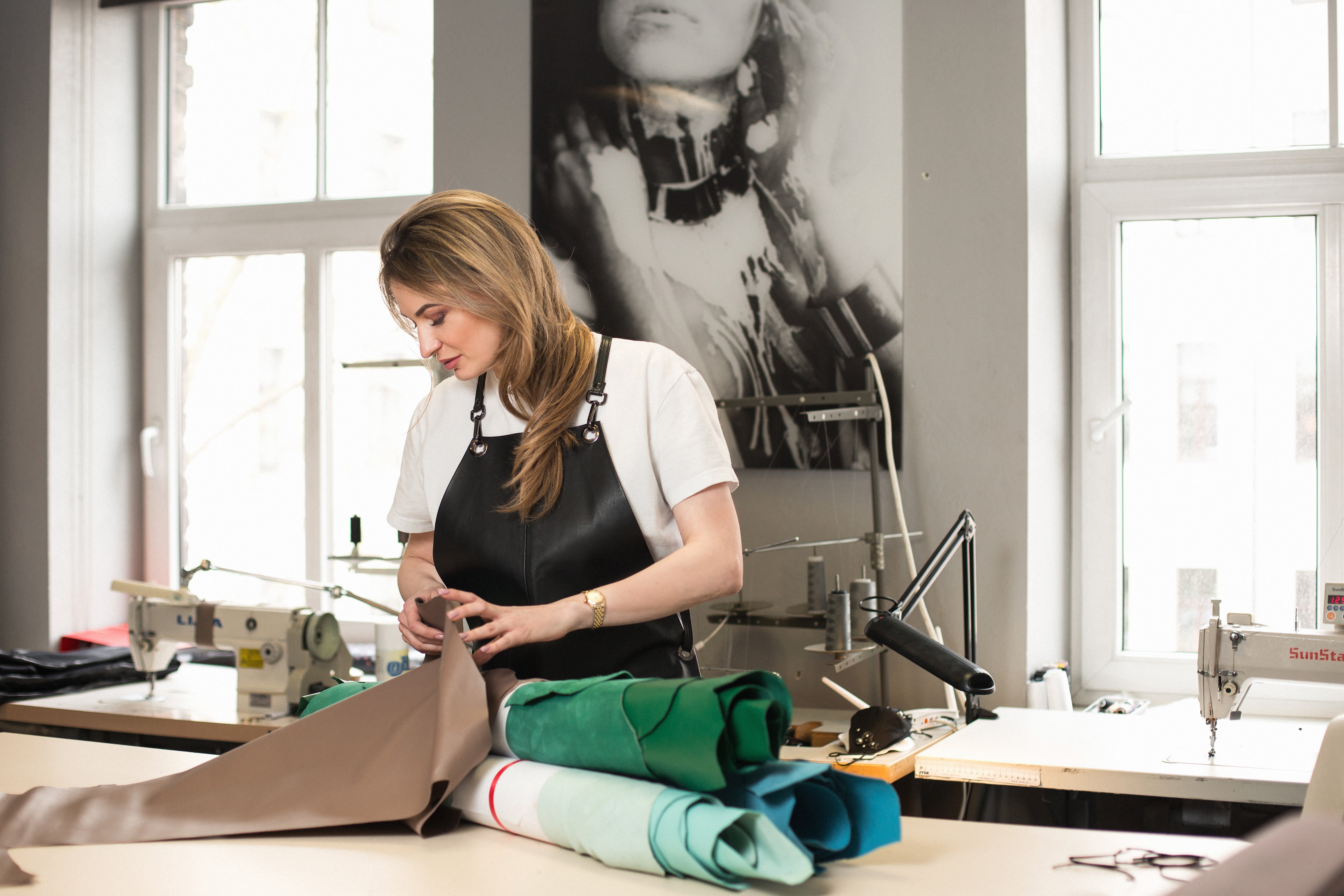The main difference between lambskin and sheepskin lies in the age of the animal:
* Lambskins come from young ovine animals.
* Sheepskins come from mature ovine animals.
In both cases, we are talking of ovine skins from very different breeds but common to both types.
What is Lambskin leather?
Lambskins are hides of very small size with a size range between 0.2 m2 and 0.4 m2 for each skin. The grain of tanned lambskins is very fine, gentle, very soft, and silky to the touch, especially, if the skins are tanned with techniques that improve these properties;
Lambskins are stretchy and have a good breaking resistance, so you can operate with them at very low thicknesses, less than 0.6 mm;
The finishing is often very unloaded, i.e. little covered with anilines and pigments, even the only refining processes, such i.e. the simple polishing, is sufficient for an outstanding representation of the finished product, in order to enhance the natural qualities of this material;
How is Lambskin Leather produced?
When we speak about the production procedure of lambskin we must, first of all, take into account what we want to make. The primary objective is to use the exterior side of the dermis, that is the grain side of the skin.
* When the hides are depilated in damp procedures (in the so-called "riviera" step, which is primary to the tanning process and next re-tanning, fattening, and dyeing), the final result of the production process will be a product called Nappa leather.
* On the other hand, you want to keep the animal's hair intact, which is particularly valuable for some breeds, hair removal is not carried out and material with hair is obtained which is usually called
Shearling
Shearling and Nappalan - lambskin with fur
When we speak about fur hides or hair on hides and pelts, we refer to lambskin hides that have maintained their original fur in the processing. As for their inner part, the so-called flesh side, it can occur that this must be highlighted on the final product (for example, a piece of apparel with fur inside and suede outside); in this case, we have two basic types of finishing that can be performed on the inside of the lambskin:
* The part of the flesh can be enhanced via a finish with suede, or velour effect, and we will have the classic article called Shearling;
* Or, we can rather finish this side of the lambskins with pigments and resins: in this case, we will have the article called Nappalan.
Main uses of Lambskin Leather
The main field of use for lambskin is certainly leather clothing where, however, there are limits emanating from the small size of each skin, the results obtained are in any case of truly exceptional grade. The full-grain lamb pelts are also quite suitable for high-quality gloves and for more professional and particular specialist uses.
Is Lambskin Leather real leather?
As we have already defined in the prior sections, it is completely clear that lambskins are real leather coming from the same animals and subjected to tanning treatments that stop the putrefaction of any organic animal tissue.
Features of Sheepskin Leather
Sheepskins come from ovine animals in their maturity and they clearly have very various sizes and features, which rely on their very different breeds scattered all over the world. In general, these hides have a size typically between 0.4 and 0.8 m2 per skin (or 4 to 9 square feet) and have the following features:
* They are of an age and size larger than lambskins;
* They have a grain with a more evident texture than lambskin;
* The grain is in any case much finer and less evident than goat skins to which they are often accumulated with the common definition of sheep and goat skins.
The variety of species in Sheepskins
There are many species of sheep whose skins have very different features and grain. We can find leathers with a very fine grain of many differently crossed breeds, the so-called "hair sheep", which often exceed in appearance, touch (the workers call it "hand") and in the silkiness (that is, in the pleasantness of the similar flow of silk ) the best skins of bovine calves up to more pronounced grainy aspects for the most suitable animals to produce wool.
Some wool breeds have a deep roughness, the so-called "creasing", which is more evident in the middle part and especially in the back of the skin, but which can extend to the whole skin.
Sheepskins finished with wool
Wool sheep are often processed maintaining their natural fur; where the hair is very thick and preferably of gorgeous white color, it is used as soft rugs and bedside mats, keeping all the skin intact and its shape with the entire length of the hair. In the field of apparel and footwear the fur is variously shaved; here are two main variants: Shearling and Nappalan, in both cases, the visible part is the internal one, the flesh side, which is carefully processed both for the finished product for clothing and for glove or shoe.
Main uses of Sheepskin Leather
Even for sheepskin, the most common use remains for apparel on the grain side and with very soft Nappa tanning. The use of the so-called chamois, suede, or velour on the flesh side is very limited both for clothing and footwear because it gives excellent results limited to the crossed sheep breeds known as "Hair sheep", which have a very closed and packed backside and with a very reduced "hair" effect, similar to that of goat. Finally, with suitable fat-liquors, very valuable effects can be obtained here, above all the so-called writing effect, that is, iridescent as the hand passes over the cover.
Where to buy Lambskin and Sheepskin Leather?
On our site www.leather-aa.com you can find all kinds of lambskin and sheepskin leather hides. They are divided into sections by their prints, types, or textures.





